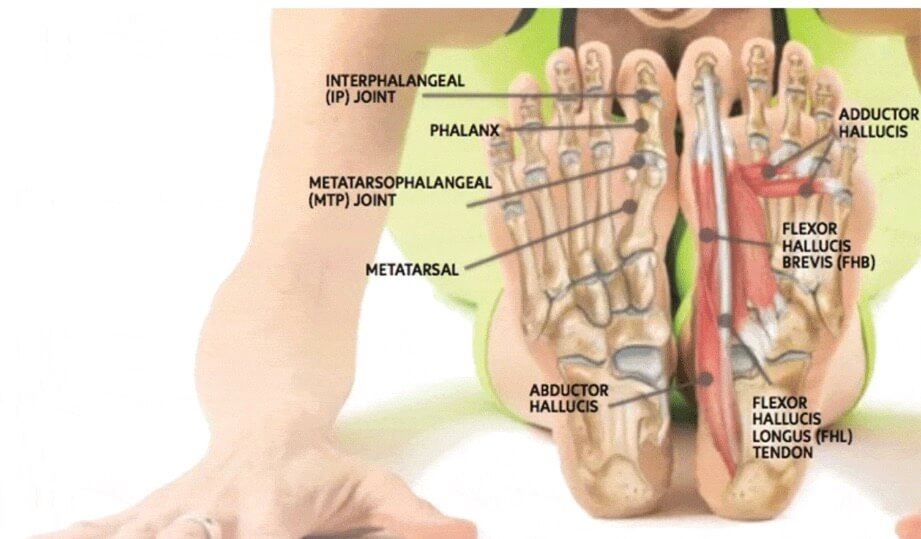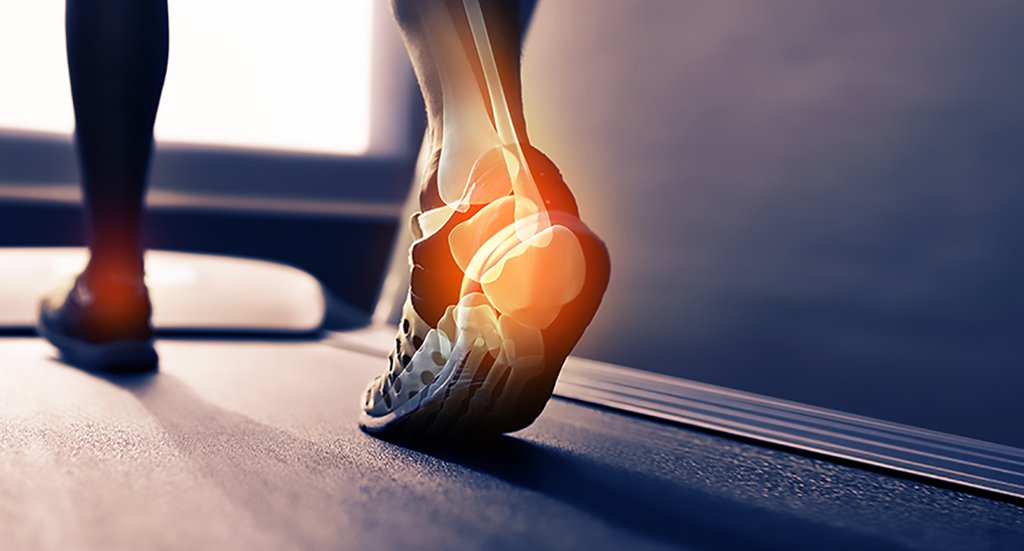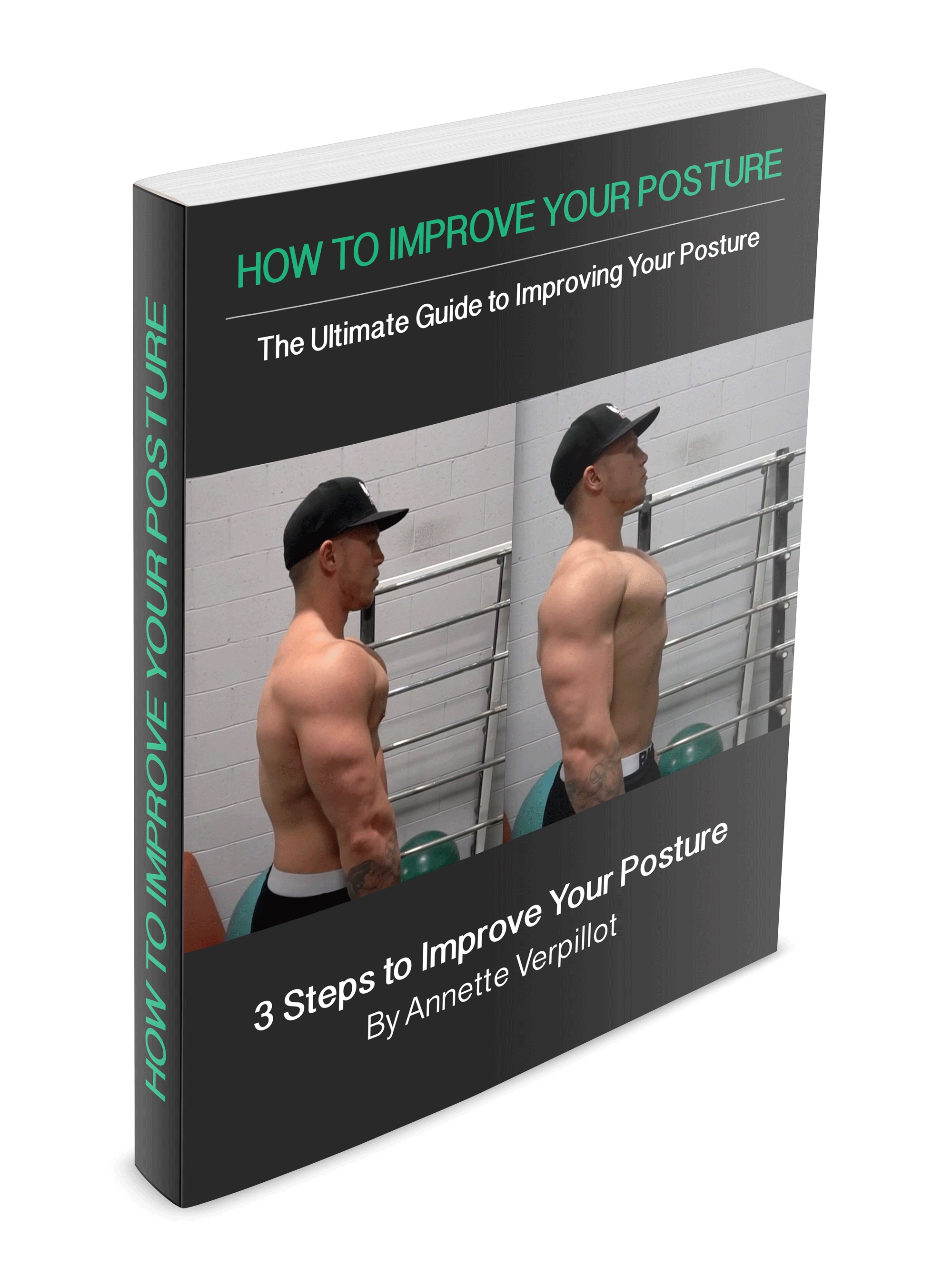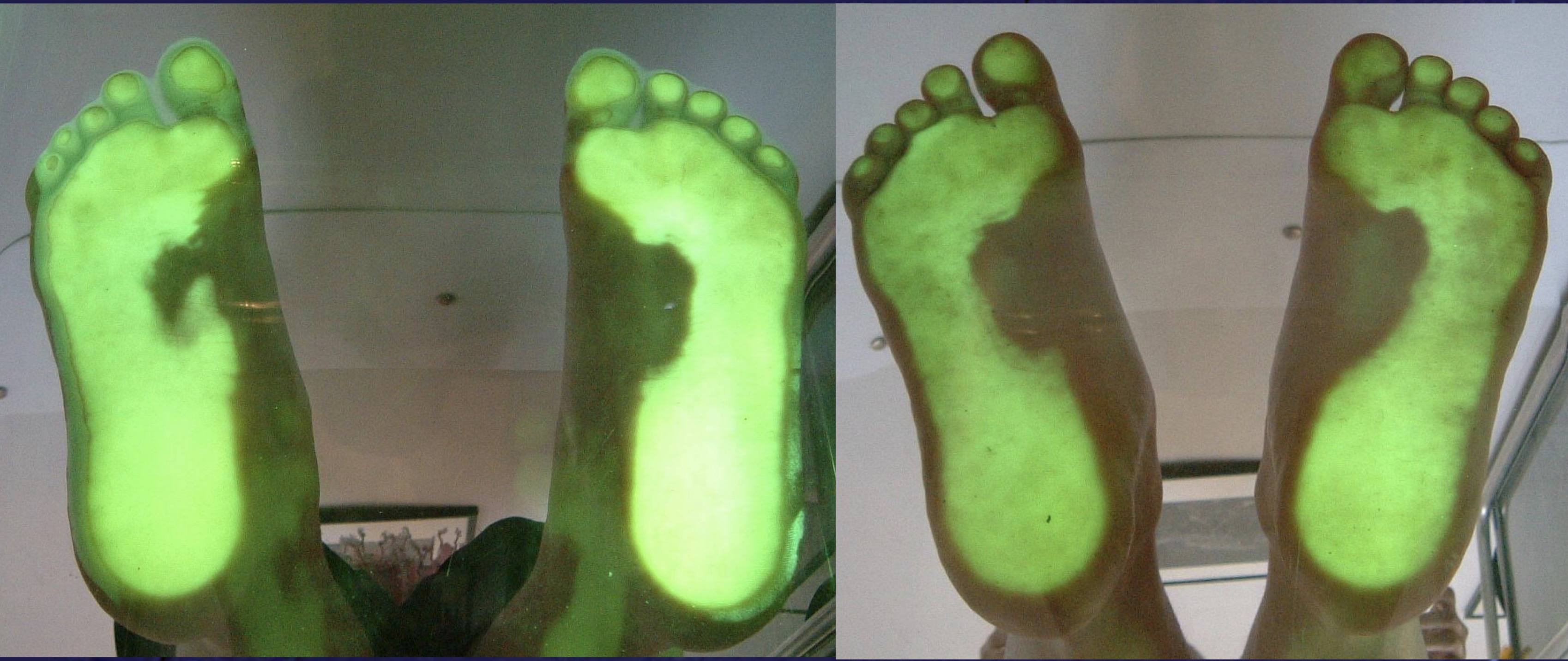The Feet – Anatomy
The feet play a vital role in everybody’s evolution. Think of how many steps you have taken in your life.

Drivers of Evolution
Your feet support your bodyweight since you stood for the first time. These pillars are your first point of contact with the ground that absorb thousands of shocks a day to keep you upright when you move.
They get limited light in today’s health discourse, even though the average American takes 5,117 steps a day. Chronic knee and low-back pain are on the rise, and falls amongst older adults have become a serious concern as the population ages. A closer look at the two structures linked to the earth gives insight into these urgent matters.
This article explores the anatomy of the foot to explain its role in a healthy, resilient body.
Your feet are a complex universe – Each foot has 26 bones connected by 33 joints and over one hundred other tissues. This shape adapted through millions of years of evolution to move in many directions and balance your vertical body against gravity.
Notable features range from the lower ankle bone known as Talus to the Calcaneus heel in contact with the ground, the boat-like Navicular bone, and your three Cuneiforms at the midfoot.
Now, these bones articulate together to spread your body weight onto your feet. They also serve as anchors for the tendons and ligaments of the lower leg. This synergy makes up the formation known as the arches of the foot, one of the most critical aspects of human motion.

Compound Stress
Every step you take has the potential to collapse your body to the ground. Your arches create the space needed for the soft elastic tissues of your foot to absorb this shock and store the force. The loaded springs from the heel to the toes then release the tension when your foot hits the ground again. This dynamic keeps you upright and lessens the energetic cost of walking or running.
Problems arise when the arches fail to pull their part. The foot collapses inward, and the full sole touches the floor. “Flat Feet” and “Fallen Arches” affect 26 million Americans, according to the 2012 National Foot Health Assessment. Causes vary from lack of development during childhood to overused tendons, injuries, and poor footwear choices.
These conditions impair your feet’s shock absorption capacity. Other joints above have to compensate because you lose the spring-like properties of your tissues. The collapsed foot also internally rotates the shin, which throws your leg out of alignment and overloads your knee and hip, even when you stand.
The average American takes over 5,000 steps a day, remember. This statistic depicts 5,000 daily chances to do damage for someone with compromised arches. Such stress is a recipe for chronic pain when compounded over the years.
Take Control of your Feet
Your feet are an integral part of your everyday movements, whether you walk to work or sprint away from a saber tooth tiger. Active arches absorb your body weight to keep you upright as you navigate the world.
Here are two strategies to take excellent care of these vital pillars:
1-Take a print of your feet to know how your body weight spreads onto your feet.
2- Do these simple arch exercises to keep your muscles active
Healthy feet set the path to a solid body. Book a Posturepro consultation to start every day on the right foot.
References:
Berko, J., Goetzel, R. Z., Roemer, E. C., Kent, K., & Marchibroda, J. (2016). Results From the Bipartisan Policy Centerʼs CEO Council Physical Activity Challenge to American Business. Journal of Occupational and Environmental Medicine, 58(12), 1239–1244. doi: 10.1097/jom.0000000000000897

Free Guide: How to Fix Rounded Shoulders
Download a copy of How to Improve your Posture right away by entering your email below:
The causes behind poor posture.
Shoes and gait.
How tongue position and swallowing mechanics affect your body.

Free Guide: How to Fix Rounded Shoulders
Download a copy of How to Improve your Posture right away by entering your email below:
The causes behind poor posture.
Shoes and gait.
How tongue position and swallowing mechanics affect your body.
QUESTIONS ABOUT OUR PROGRAM?
BOOK A FREE CALL WITH ANNETTE





